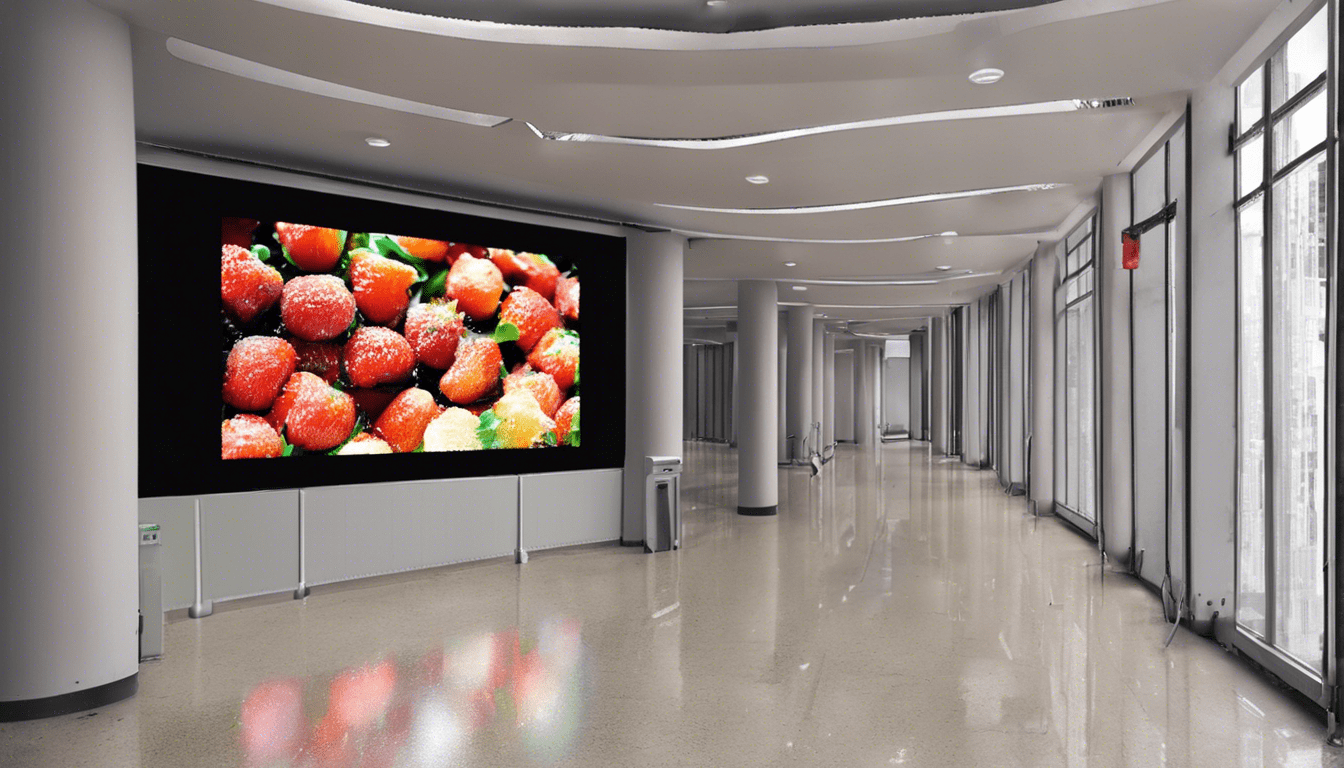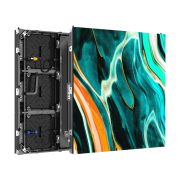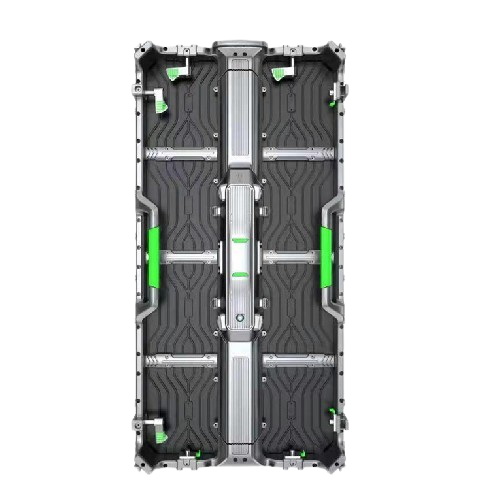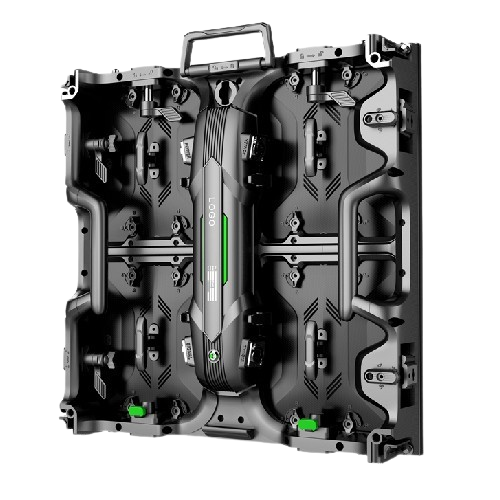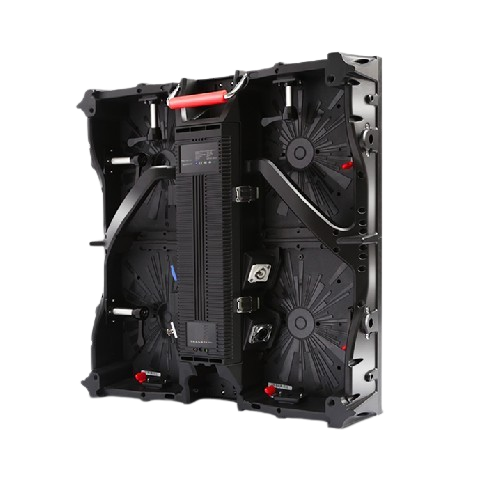Revolutionizing Indoor Attraction: The Ultimate Guide to Indoor LED Video Display Board Manufacture
Introduction
In the realm of digital signage, Indoor LED Video Display Boards have undoubtedly revolutionized how information is presented in indoor settings such as shopping malls, corporate offices, stadiums, and event centers. This powerhouse technology has not only piqued the interest of the public but also significantly impacted the manufacturing industry. This article explores every facet of Indoor LED Video Display Board Manufacturing, from inception to installation, and sheds light on the components, technologies, and trends that shape this captivating industry.
What is an Indoor LED Video Display Board?
An Indoor LED Video Display Board is a digital signage solution that uses light-emitting diodes (LEDs) to create vibrant, high-definition visuals for various purposes. These boards are prevalent in venues needing dynamic, real-time updates or advertising, such as retail outlets, airports, and stadiums.
Why Choose LED Over Traditional Displays?
There are several compelling reasons to choose LED displays over traditional display technologies:
- Better Brightness: LED displays offer higher brightness levels, making content visible even in well-lit indoor environments.
- Energy Efficiency: LEDs consume less power, making them environmentally friendly and cost-effective in the long run.
- Longevity: LED displays have a longer lifespan compared to other types of screens, such as LCDs.
- Versatility: LEDs can be configured into various shapes and sizes, catering to different application requirements.
Key Components of an Indoor LED Video Display Board
Manufacturing an Indoor LED Video Display Board involves several critical components:
- LED Module: The LED module comprises the tiny lights that make up the display. These modules can be red, green, or blue, and combining them creates full-color displays.
- Control System: Acts as the brain of the display board, managing the input signals and ensuring the desired output.
- Power Supply: Converts the AC power from the socket to the DC power required by the LED modules.
- Cabinet/Frame: The physical structure that holds all the components together. It is typically designed to facilitate easy maintenance and installation.
- Software: Essential for content management and scheduling, enabling users to control what is displayed and when.
The Manufacturing Process
1. Design and Planning
The first step in manufacturing an Indoor LED Video Display Board is meticulous planning and design. This phase involves understanding the requirement specifications, including the size of the display, resolution, pixel pitch, and the environment where it will be installed.
2. Procurement of Components
Once the design is finalized, the next step is sourcing the necessary components. Quality assurance is critical here, ensuring that all parts meet stringent industry standards.
3. Assembly
The assembly process involves mounting the LED modules onto the cabinet or frame. This stage requires precision and expertise to ensure uniformity and functionality.
4. Testing and Quality Assurance
Each assembled unit undergoes rigorous testing. This may include stress tests, signal tests, and environmental testing to ensure reliability and durability.
5. Installation and Calibration
After passing the quality checks, the LED display board is transported to the installation site. Engineers take charge of setting up the board and calibrating it to ensure optimal performance.
Challenges in Manufacturing Indoor LED Video Display Boards
Like any advanced technology, producing high-quality Indoor LED Video Display Boards comes with challenges:
- Heat Dissipation: LEDs generate heat, requiring effective cooling solutions to maintain performance.
- Consistency and Color Accuracy: Achieving uniform brightness and color fidelity across the entire display can be challenging.
- Cost: High-quality components and sophisticated manufacturing processes can drive up the cost, making it critical to balance quality and affordability.
- Customization: As LED boards need to be tailored to fit unique spaces, customization can add layers of complexity.
Innovations and Trends in Indoor LED Video Display Boards
The Indoor LED Video Display industry is continually evolving. Here are some emerging trends:
- MicroLED Technology: Offers even better contrast ratios and brightness levels than traditional LEDs, ideal for ultra-high-definition displays.
- Flexible LED Displays: These can bend and curve, providing new design opportunities in architectural and artistic applications.
- Transparent LED Display: Maintaining transparency while displaying vibrant images is perfect for retail and advertising.
- Smart LED Displays: These are integrated with AI and IoT for interaction and enhanced functionality.
Case Studies: Success Stories in LED Video Display Implementations
Several companies and venues have leveraged the power of LED Video Display Boards to create stunning visual experiences. For example:
- Corporate Offices: Many major corporations have adopted LED displays for more engaging internal communication and real-time data dashboards.
- Shopping Malls: Malls use these displays for immersive advertising and interactive directories, enhancing customer experience.
- Arenas and Stadiums: Sports venues use LED displays for scoreboards, live replays, and fan engagement, elevating the overall game-day experience.
Maintenance and Troubleshooting Tips
Maintaining your Indoor LED Video Display Board ensures its longevity and performance. Follow these tips:
- Regular Cleaning: Keep the surface clean from dust and debris to maintain visual clarity.
- Software Updates: Ensure the controlling software is up-to-date for optimal performance and security.
- Inspect for Dead Pixels: Regularly check for and address any malfunctioning pixels.
- Check Connections: Periodically inspect all power and data connections to avoid any interruptions.
Conclusion
The world of Indoor LED Video Display Board Manufacturing is intricate yet fascinating, encompassing a myriad of technologies and meticulous processes. These displays are not just tools for communication—they are dynamic elements that transform any space, offering vibrant visuals and maintaining high energy efficiency. Investing in quality manufacturing ensures these displays serve their purpose effectively, captivating audiences and delivering critical information seamlessly.

